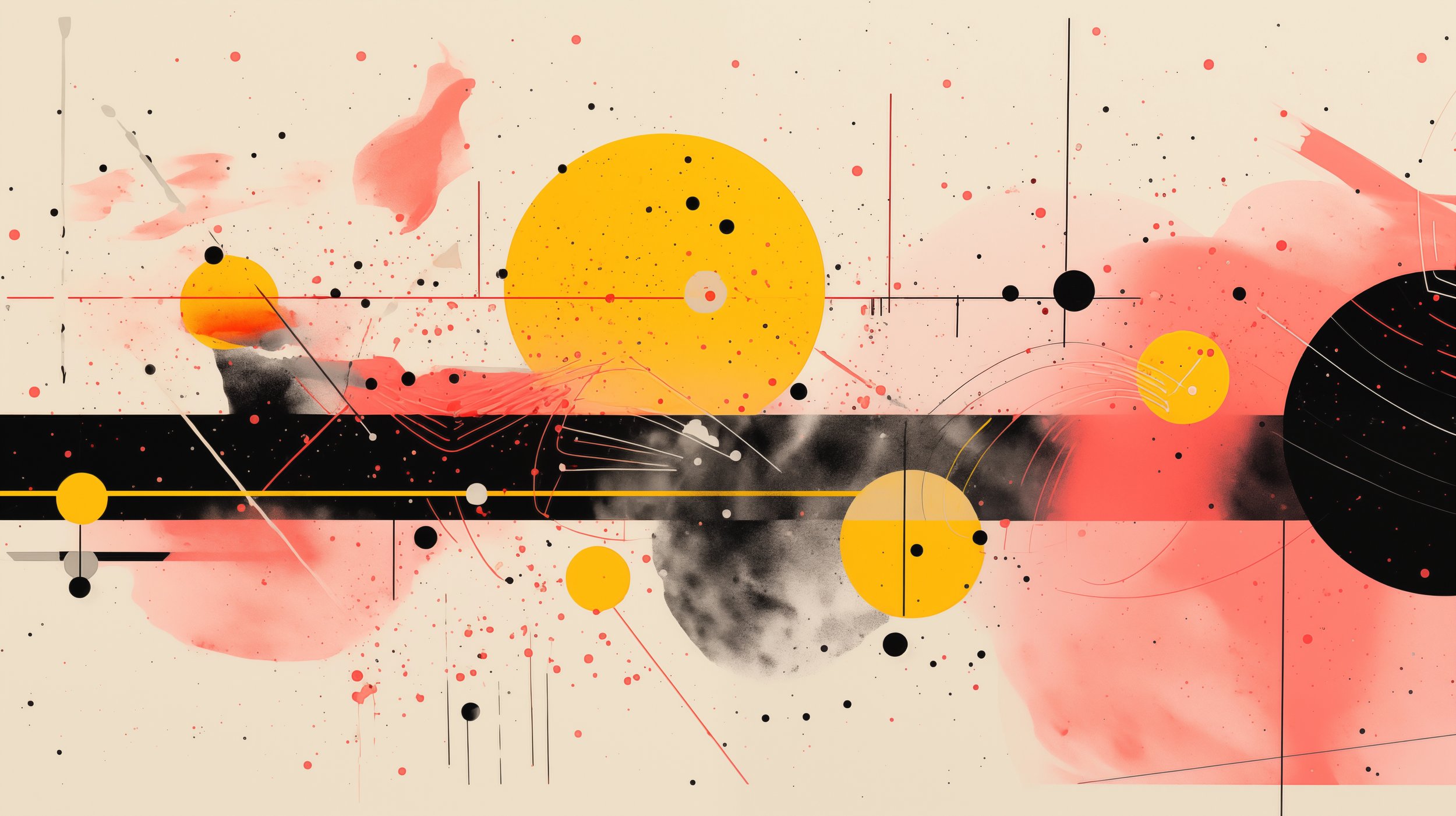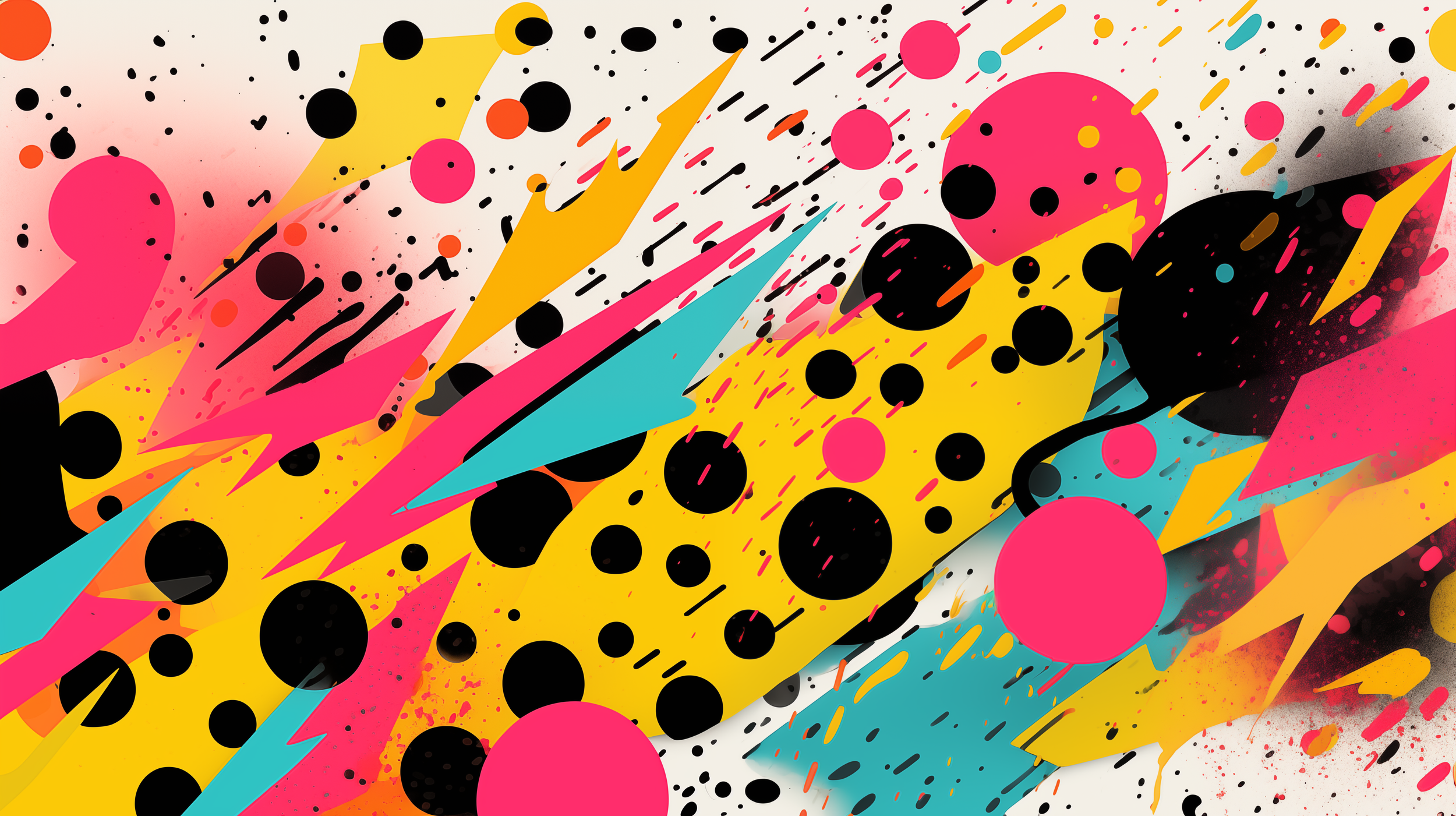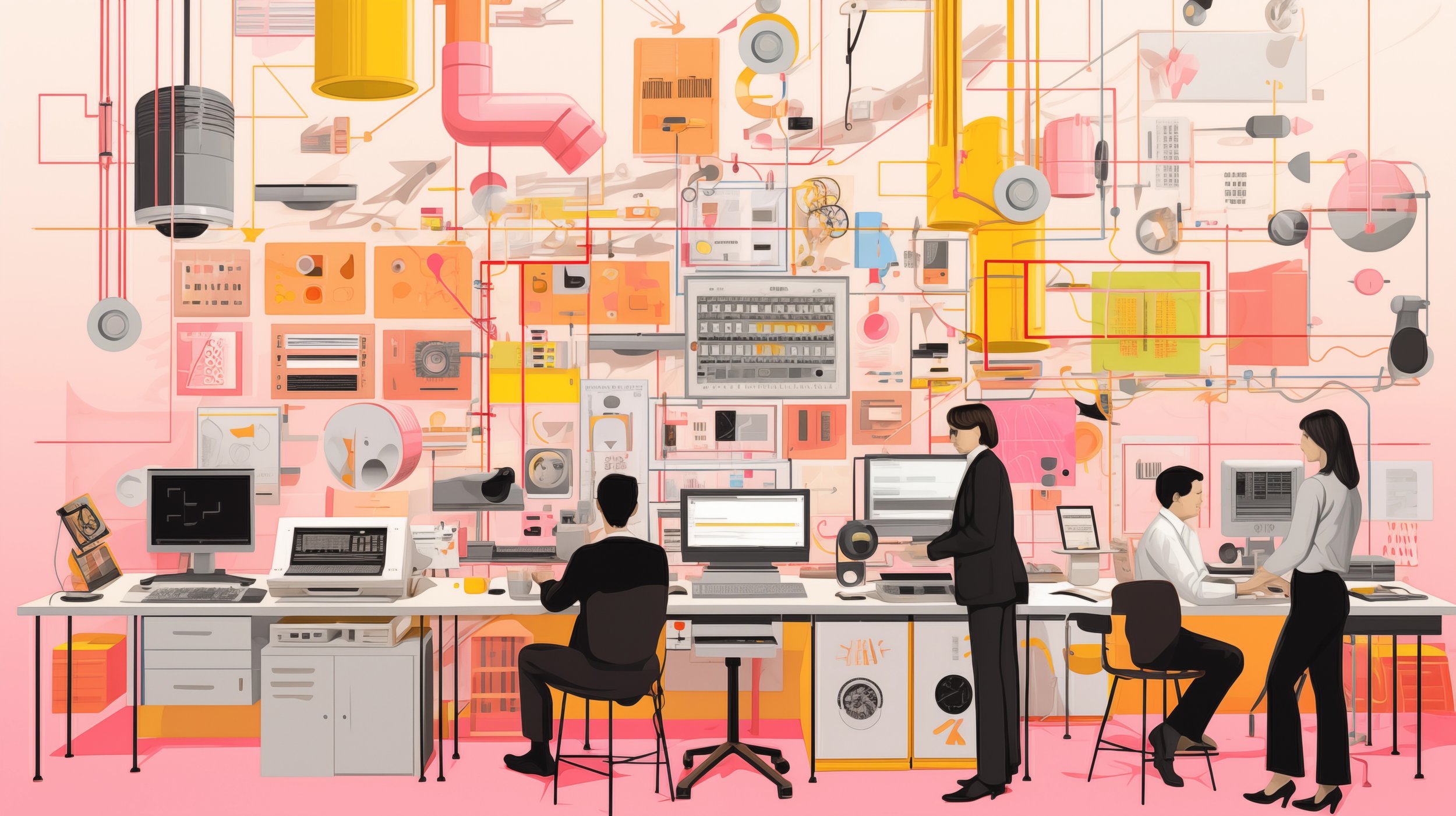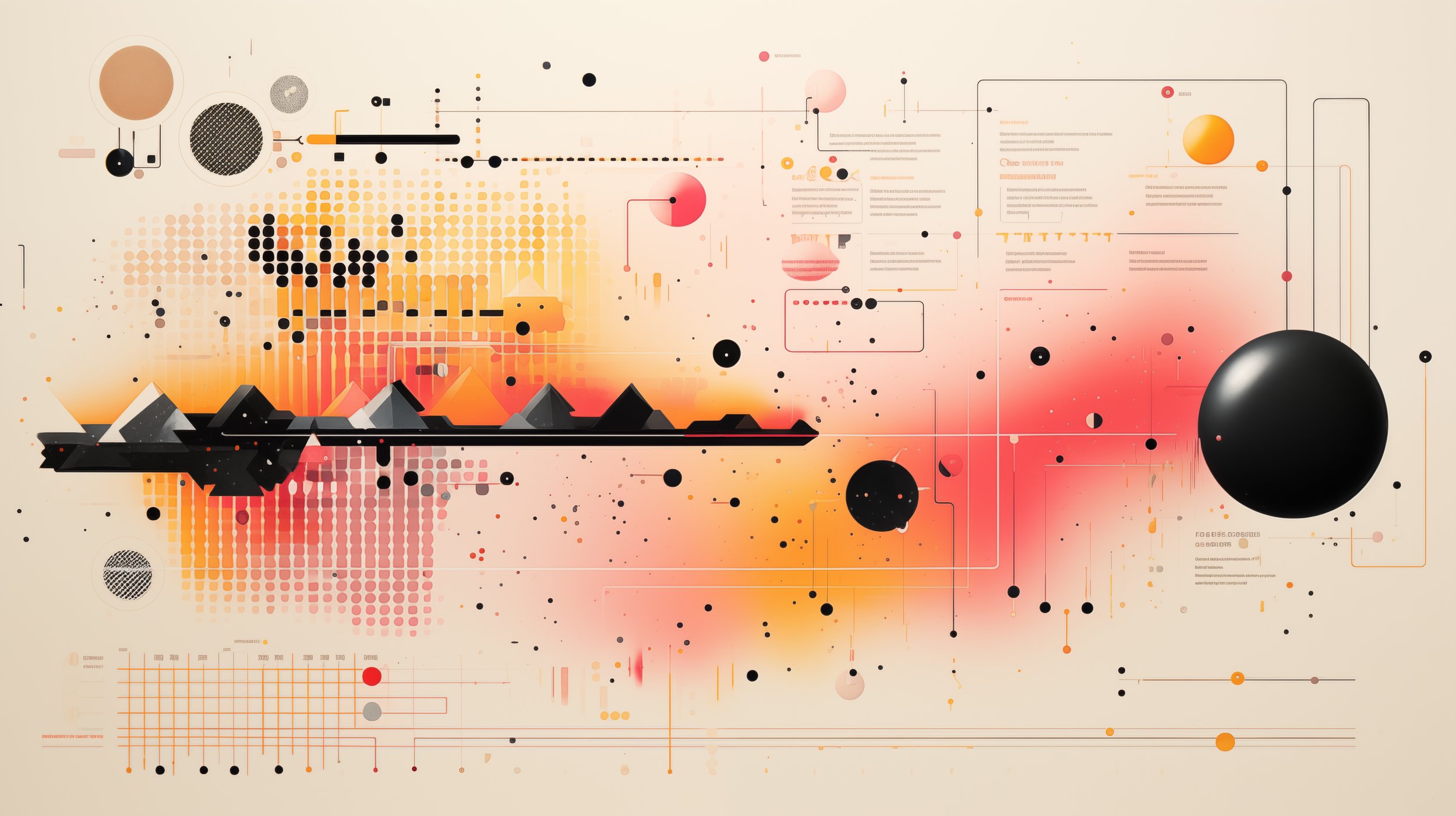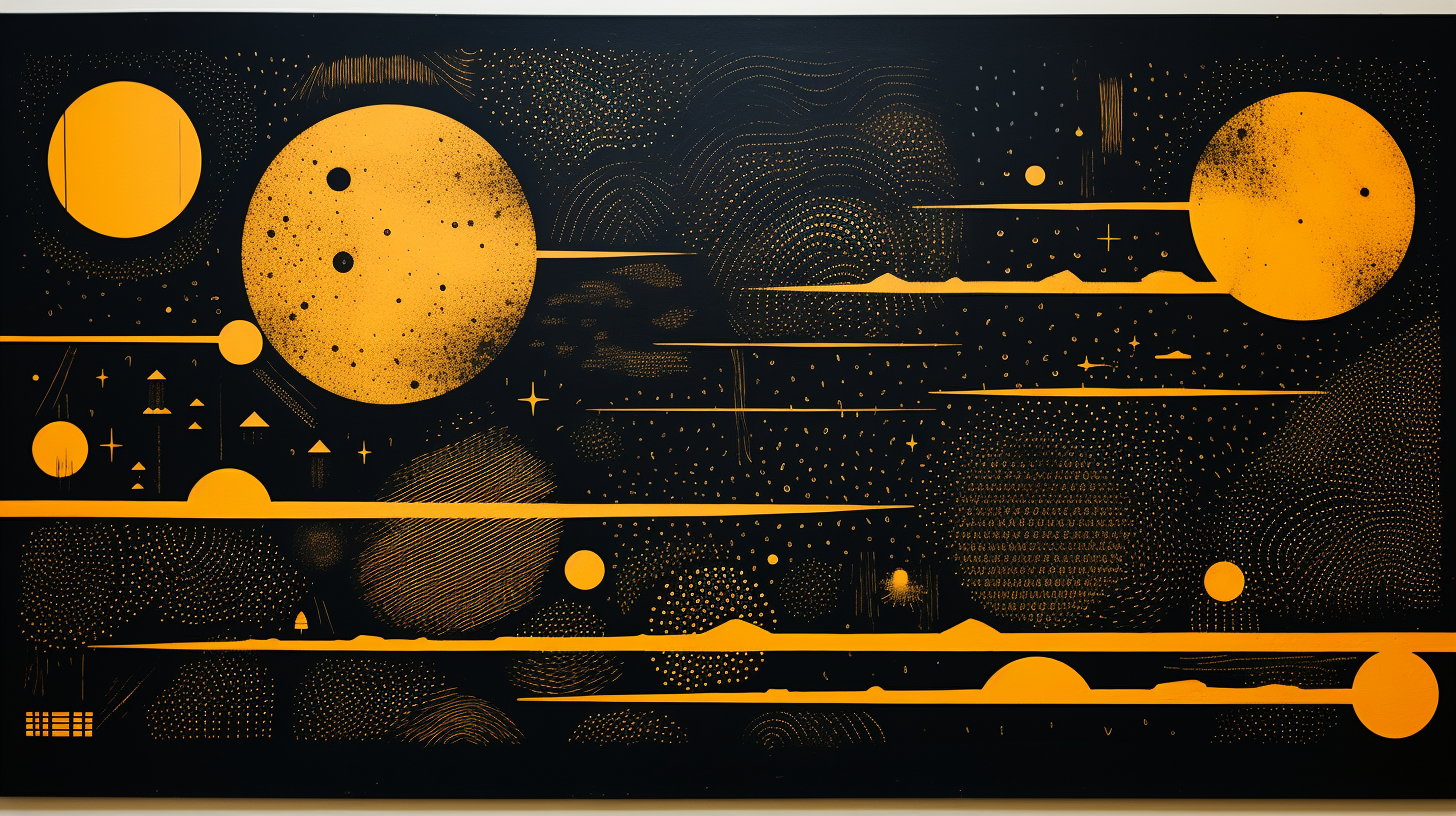Welcome to
The Collective
Your Online Design Agency & Marketplace
Some say you can’t put epiphany on a timetable.
We challenge that.
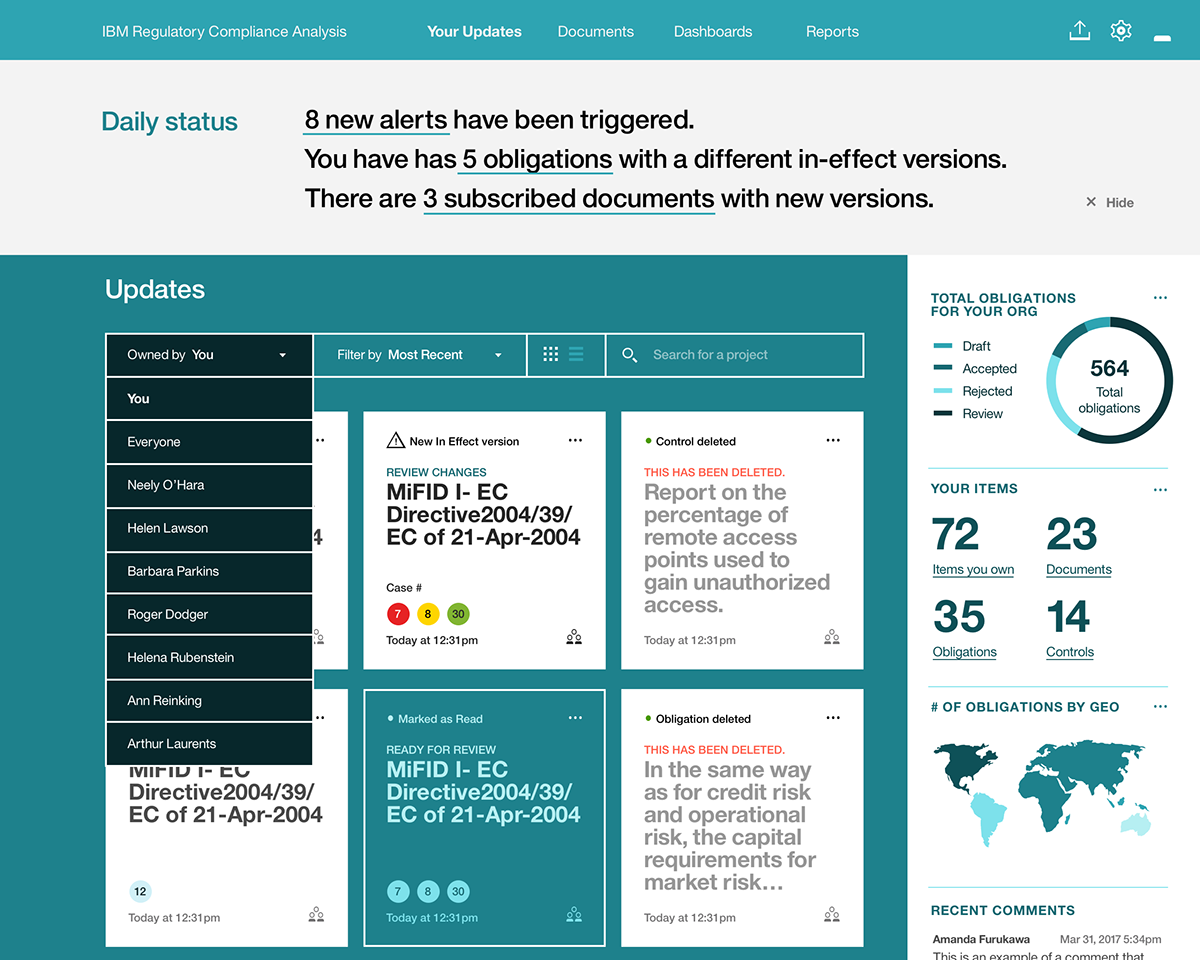
Design Leadership Conversations

Design Practice and Process Conversations
Let’s make something memorable together.
We are in the business of provoking creativity and communication to drive alignment. We listen & partner with care to deliver impactful business outcomes through impeccable craft.
What we can do
Actively listen without preconceived solutions; we talk with you, not at you.
Provide actionable direction while exploring multiple paths to reach a destination.
Spark creative conversation and communication to drive alignment and provide a diagnosis.
Empower you to take next steps by including you in the design process.
Collaborate and ask the right questions so we arrive at answers together.
Solve problems holistically – we supply you with what you need, not just what you want.
The Conversations Blog
Design is no longer the exclusive domain of creative professionals. Thanks to a new wave of democratized design tools and concepts, people are discovering that anyone can be a designer. The concept of co-generating design is taking this concept to a whole new level with its inclusive approach to design and its positive implications for ROI.
Designing products and services for humans often requires a deep understanding of cultures and societies that interact with those products and services. But few designers initiate the kind of research that is required to uncover what motivates users and what environments lead to successful design outcomes. That’s why human-centric design must integrate design with anthropology.
When it comes to mergers and acquisitions, connecting the dots between due diligence and design can be tricky. Aesthetic considerations play a crucial role in the process, informing the corporate strategies of involved stakeholders and how they communicate outcomes to their potential investors. With the right insights, your team can use design to craft a unique, engaging experience for all involved in M&A activities.
When it comes to design, staying on top of the latest things means the difference between success and failure. As technology and trends rapidly evolve, designers must evolve with them or risk being left behind. In this article, we'll take an in-depth look at the risks and costs associated with avoiding obsolescence and not taking advantage of the latest innovations in the industry.
The shift to remote learning, hastened by recent global events, has posed significant challenges and opportunities for design education. As design educators, the transition from traditional, in-person teaching to online platforms is not just a change of medium, but a complete rethinking of how design is taught and learned. The question arises: how can we ensure that design students receive a comprehensive education, embracing both the physical and digital realms, even when they are confined to their homes?
When businesses set out to develop new strategies and solve complex problems, they often come up against a wall of sameness. Managers, executives and employees can all bring the same perspective to the table, leading to mundane and often uninspired conversations. By introducing a designer to the mix, fresh ideas and valuable insights can help a business move forward from the same old strategies, jumpstarting new conversations and inspiring innovative solutions.
In the innovation race, agility is key. By comparing the adaptability of big and small design firms, and drawing conclusions on who leads the pack, The Collective have created a list of 7 ways in which studios of different sizes are dealing with issues of scale and scope while fighting to find relevance in today’s market.
For decades, industry giants, or more aptly known as Goliaths, have dominated the innovation arena. But thanks to the digital revolution, creative disruption, and the emergence of innovative startups, a seismic shift has occurred as more and more Davids are taking over. Here are 7 examples of how David is getting the upper hand on traditional giants and how the design industry is changing in exciting ways:
It’s easy to recognize the potential of novel, innovative design solutions. Unfortunately, many large design firms appear to continually operate within the same safe, traditional corridors of thought–which can mean a lack of creative design, problem solving, and risk-taking. In effect, they’re “reinventing the wheel”.
The concept of managing design teams can be a daunting proposition for even the most seasoned leader. With ever-evolving software and tools, design teams and creative management require a specialized set of skills and knowledge to succeed. Fractional leaders, those with the expertise and stature to lead a team for a limited amount of time, have become increasingly popular in addressing design challenges due to their expertise in the field. Whether you find yourself managing the design team of a large scale product or leading a small creative team, here are some tips from fractional leaders to help you manage effectively.
Design leadership may look different on the surface for each individual. But the core skill that drives success in any design leader is empathy.
The ability to think about the needs of team members and clients and respond to them makes for more effective communication, stronger team dynamics, and better design outcomes.
The challenge now is to leverage data-driven insights to craft visual designs that resonate more deeply with consumers. That’s where data-informed design comes in.
Data-informed design is the practice of using data gleaned from analytics platforms to drive design decisions that customers will appreciate more. This includes everything from color schemes and typography to layout and brand identity. All these tactics factor into your customers' experience.
It's ok to leverage ChatGPT in your design process, but doing so at the wrong time leads to confusion. Sometimes, the right flavor of auto-generated "greek" is still the right tool for the job.
In the world of technology-driven design, the challenge of transitioning from design to development has been one of the trickiest and heavily discussed conundrums of the digital age. But within the past few years, digital design systems have emerged and are revolutionizing the process.
Workplace double-secret probation is an awful thing. We owe ourselves and each other better. I address what a PIP is, why they exist, and what to do when placed on one.
You've been tasked with launching your own product, and your timeline for success depends on your ability to move quickly and efficiently through the design phase. You want to avoid unnecessary revisions and delays at every turn. So, what's the key to streamline the product development process?
Creative problem-solving is the bread and butter of modern business, and design thinking is a valuable tool for fostering innovation. But how can companies create a corporate culture of innovation using design thinking?
When it comes to creating truly innovative user experiences (UX), augmented reality (AR) has become a compelling option for designers. We’ve all seen the headlines about the explosive growth of AR uses in gaming and retail shopping, but how is this technology revolutionizing the way that we design user interfaces?
Smart homes, the Internet of Things (IoT), artificial intelligence (AI) and voice-activated systems: all of these advancements in technology have given us a glimpse of the future of computing. We now live in an “ambient computing” era, and with it brings a new set of challenges and opportunities in the world of experience design.
It’s no secret that the FinTech industry has taken the world of finance by storm. Consumers are now spoiled for choice when it comes to investing, payments, and saving money--all thanks to a wave of new FinTech apps entering the market.
The African Design Renaissance is a vibrant and ever-changing scene that is making a huge impact on the global stage. From rich and unique fabrics to evocative patterns and cultural stories, African design is inspiring a new generation of designers and creating a fresh wave of cultural creativity.
Gone are the days when creating a piece of art was a painstakingly long and laborious task. In the 21st century, a new kind of graphic artist is emerging – one that is relying more and more on artificial intelligence (AI) to create beautiful pieces of art.
3D printing is revolutionizing the world of industrial design, taking product customization to the next level. In recent years, advancements in 3D printing technology have enabled designers to create more innovative, efficient, and customizable products than ever before. From aerospace and automotive engineering to biomedical devices, this groundbreaking technology is now being used across all industries.
Global service design strategies have always been tricky to develop, especially when the customer base extends far beyond the company’s home country. However, cultural adaptability and global-local dynamics should be part of business plans from the start. The ability to design and deliver great services for users around the world is essential for organizations looking to gain a foothold in new markets.
When it comes to staying competitive in today’s business climate, having great design is paramount. Design is quickly becoming the key to success for SMBs around the world—one that requires a careful balance of trust and expertise. That’s why more and more businesses are choosing to partner with a design firm to create the perfect collaboration which can bring their vision to fruition.
Let’s take a look at the trends and best practices for 2023. The most critical factor in mobile UX design is responsive design. Responsive design means that your site automatically adjusts its layout to provide the best experience for the user’s device. This can be tricky with the wide variety of possible devices out there. However, staying up-to-date with the latest technologies can help make the process easier.
Are you an innovator looking to drive ROI from aspects you hadn't considered? Many organizations are still underestimating the potential secondary benefits of comprehensive UX research. From increased team alignment to a reduction in customer service requests, the potential ROI in improving the user experience are far greater than many may imagine. Let’s look at a few of the major benefits UX research can drive.
Augmented Automated Intelligence sounds cool, but what does it mean? I went to a conference to find out.
Sorry, Design Thinking isn’t dead. It needs to change in a few ways, but it’s not going to go away anytime soon.
In an era where business agility is more than a buzzword, it’s a lifeline, the concept of fractional design leadership is emerging as a game-changer. This innovative leadership approach is redefining the way agile businesses manage and direct their design teams. This article delves into the transformative power of fractional design leadership, exploring how it represents the future for businesses seeking agility and adaptability in their design processes.
Who we are
We are a Collective of doers and makers from divergent backgrounds that solve challenging problems through curious execution.
Our eclectic backgrounds enable us to deliver impactful results that shape lasting outcomes across various verticals and experiences, from non-profits and startups to Fortune 500 companies.
We are experts at identifying the next step forward. We don’t know the answer because we haven’t arrived at it yet. No matter your problem, we can solve it together.








